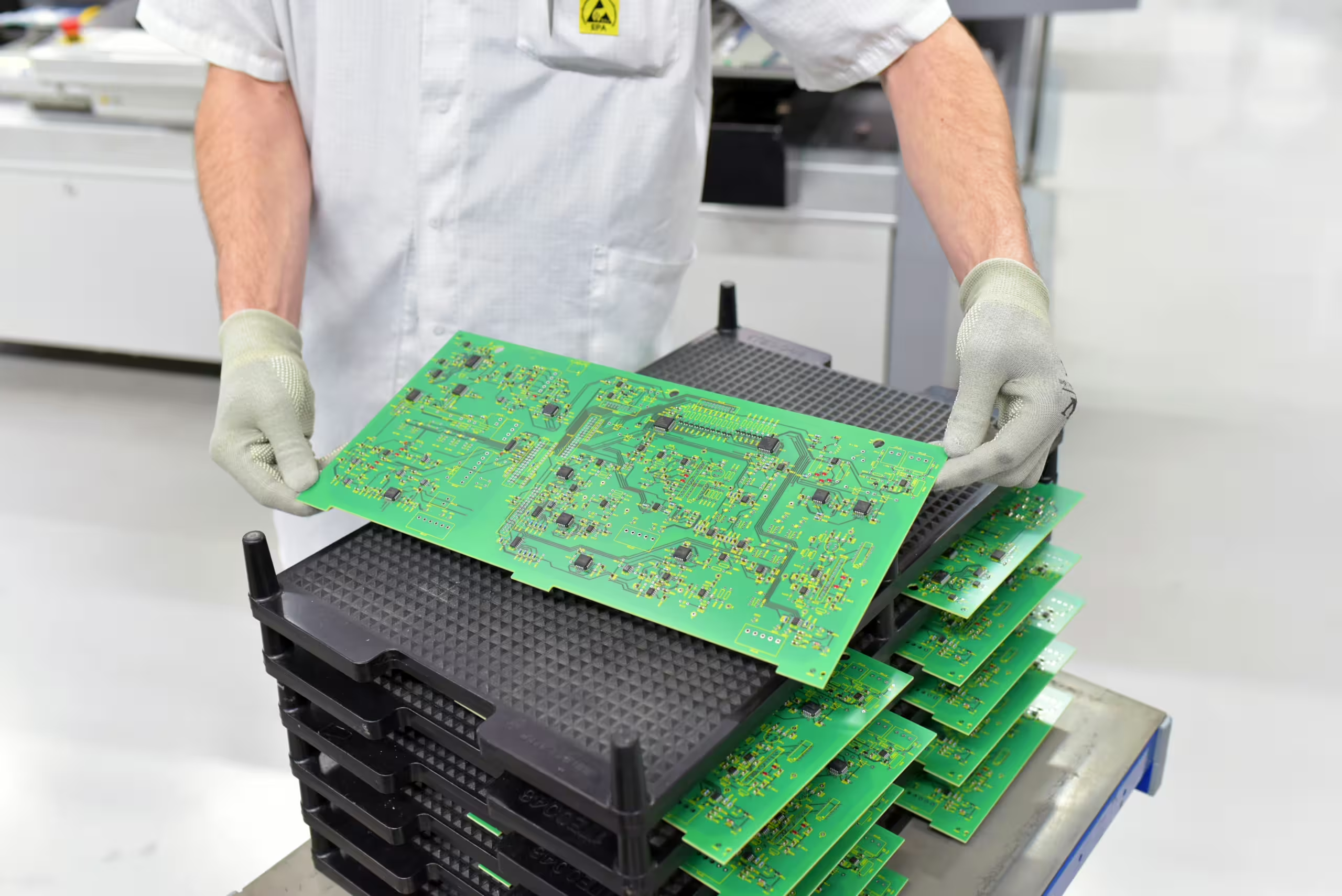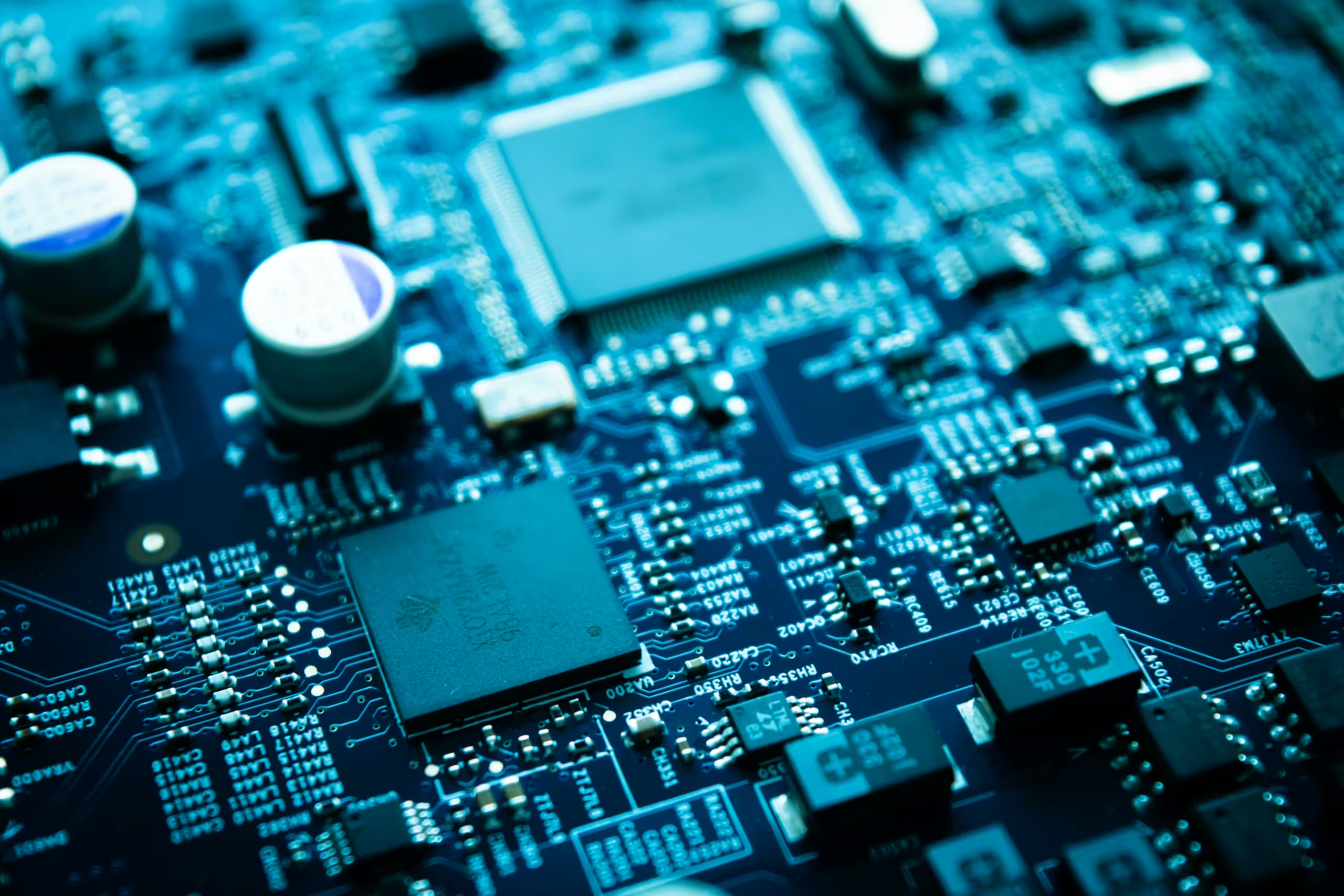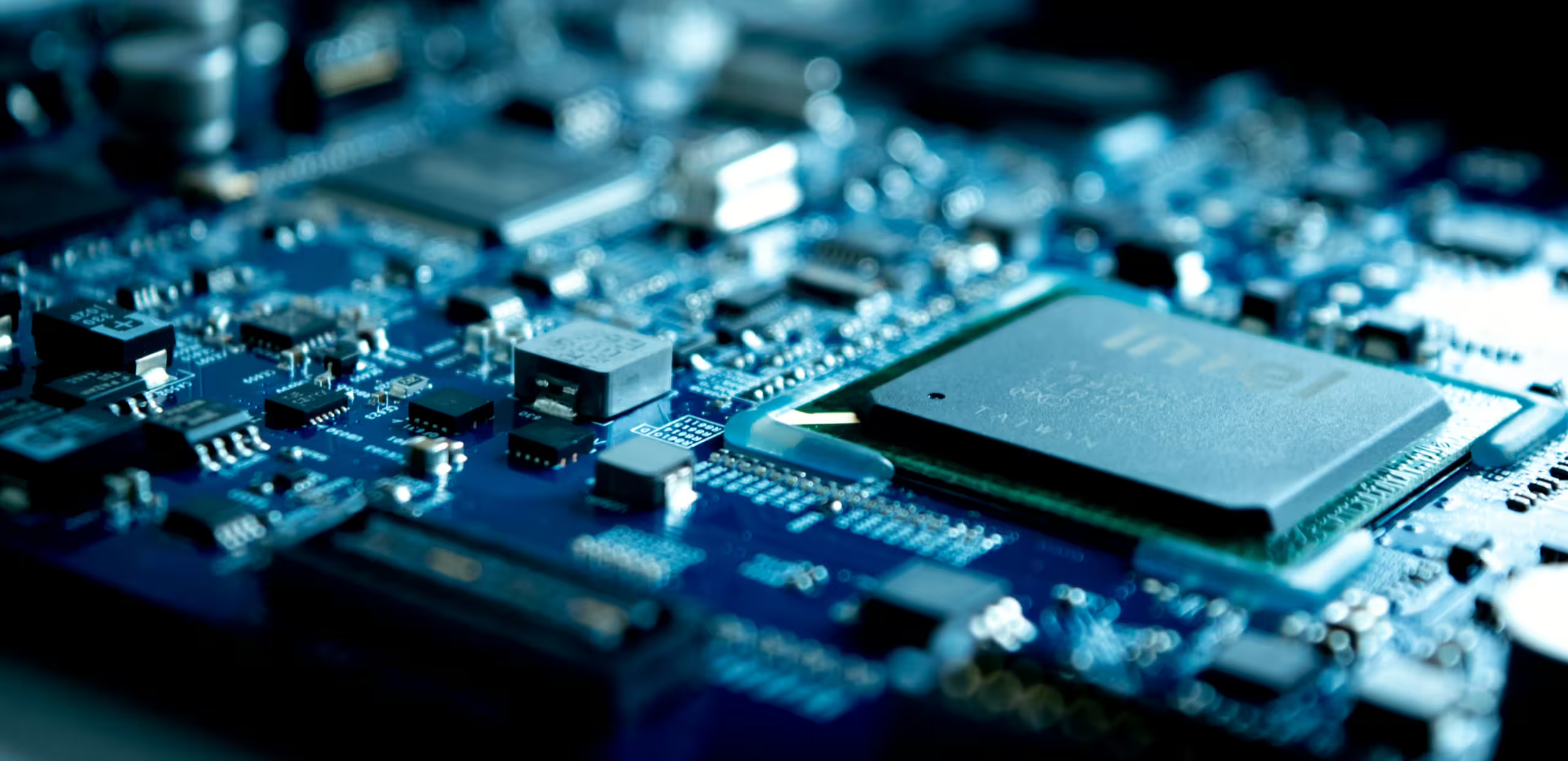RF is defined as electromagnetic waves categorized by application, referring to those with certain wavelengths used for radio communication. RF PCB design generally involves PCBs with analog signals in the frequency range of 30MHz to 10GHz.
RF Product Layout Requirements:
- Linear Layout: Layout should be linear within the same shielding enclosure following the main RF signal flow. Due to space constraints, if a linear layout is not possible within the same shield, an L-shaped layout may be used instead of a U-shaped one.
- Consistency in Similar Units: For multiple receiving and transmitting channels, the layout and wiring of these channels should be exactly the same.
- Consideration of RF Signal Paths: Layout should consider the direction of the main RF signals and the mutual coupling between devices.
- Inductive Devices: Prevent mutual induction by placing inductive components perpendicular to nearby inductors.
- Isolation of Amplifiers: High Power RF Amplifiers (HPA) and Low Noise Amplifiers (LNA) should be isolated as much as possible, keeping high-power RF transmission circuits away from low-power RF reception circuits. If PCB space is limited, they can be placed on opposite sides of the PCB, or they can be made to work alternately rather than simultaneously.
- Isolation of RF Units: Different RF units, especially sensitive circuits and strong radiation sources, should be isolated with cavities. In high-power multi-stage amplifiers, ensure that stages are isolated from each other.
- Shielding Enclosures: Design 3mm metallized mounting holes at the corners of the enclosure to ensure it is securely fixed.
- Dimensions of Shielding Enclosures: Increase the aspect ratio of the shielding enclosure as much as possible to avoid square shapes.
RF Signal Wiring Requirements:
- Impedance and Width: Wiring should have a 50-ohm impedance, generally wider than 15 mil, using a layered reference to ensure line width, and corners should be rounded as much as possible.
- Distance from Ground: RF paths should maintain a distance of twice the width (2W) from the GND copper, with a minimum of 1W. The spacing between two rows of shielding vias should be less than 1/20th of the wavelength corresponding to the signal frequency; 60 mil is typically optimal considering performance and cost. Device pads on the path should be designed for full connection.
- Separation of Digital and Analog: Keep digital and analog areas separate; do not use a complete plane for power.
- High Power Areas: Ensure there is at least one complete ground area in high power zones on the PCB, preferably without any vias.
- RF Output and Input: RF outputs should be as far away from RF inputs as possible. If this is not feasible or other constraints cause them to be near each other, shielding measures must be taken to prevent signal leakage into the input.
- Sensitive Analog Signals: Keep sensitive analog signals as far away as possible from high-speed digital signals and RF signals.
- Copper Foil Treatment: Ensure copper foils are smooth and even, avoiding long lines or sharp points. If unavoidable, design with at least two vias at sharp points, thin copper strips, and edges of copper foils.
- Antenna Placement: Maintain a clearance area in all layers around the antenna, ensuring at least 5mm distance from the antenna to minimize interference.







